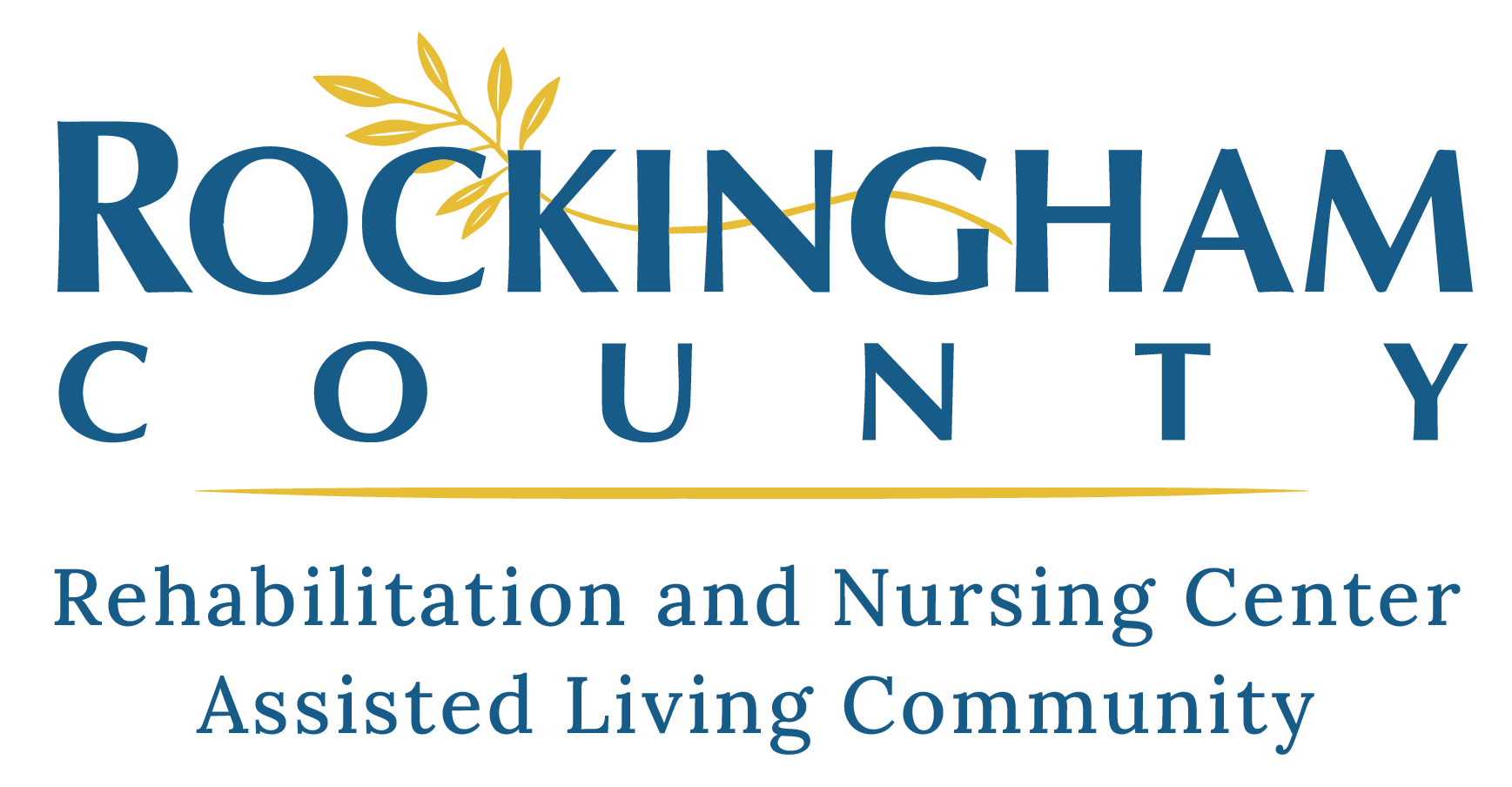Navigating the Choice Between Home Care and Assisted Living
As loved ones age, families are confronted with the important decision of selecting between in-home care and assisted living, two essential components of senior care services. Understanding the differences between these options can help families make well-informed decisions that keep their loved ones safe and independent. Factors such as personalized care, safety, mobility assistance, medication management, social engagement, and cost-effectiveness play vital roles in this decision-making process. By understanding the intricacies of in-home care versus assisted living, families can navigate this significant life transition with confidence and clarity.
Taking A Closer Look At In-Home Care
In-home care offers tailored support services within the comfort of one’s own home. Trained caregivers or healthcare professionals provide assistance with daily activities like bathing, dressing, meal preparation, medication reminders, mobility support, and light housekeeping. This personalized approach allows seniors to maintain their independence while receiving the necessary support for safety and comfort.
Advantages of Home Care:
- Comfort of Home: Seniors receive care in familiar surroundings.
- Personalized Care: Tailored support to individual needs.
- Cost-Effectiveness: Can be more economical than assisted living in some cases.
- Lifestyle Control: Greater autonomy in daily routines and lifestyle choices.
Limitations of Home Care:
- Social Isolation: Lack of socialization can lead to feelings of loneliness.
- Limited Medical Access: Access to specialized medical services may be restricted.
- Geographic Constraints: Availability of caregivers may be limited in rural areas.
- Safety Concerns: Without 24/7 services, seniors may face risks like falls or emergencies.
Assisted Living: Embracing Community and Support
Assisted living communities are designed for seniors needing help with daily tasks but not extensive medical care. Residents benefit from personalized care plans, private living spaces, communal areas, and access to social activities and wellness programs. Assisted living strikes a balance between support and independence, fostering a homelike environment for older adults.
Benefits of Assisted Living:
- Round-the-Clock Support:*Access to 24/7 assistance reduces reliance on family caregivers.
- Social Engagement: Opportunities for socialization and community interactions.
- Activities and Amenities: Access to diverse activities, wellness programs, and amenities.
- Structured Support: Services like housekeeping, meals, transportation, and more.
Drawbacks of Assisted Living:
- Adjustment Period: Transitioning to a new environment can be challenging initially.
- Perceived Loss of Autonomy: Communal living may feel less independent for some.
- Cost Considerations: Expenses vary based on location, amenities, and care levels. Learn more about budgeting for senior living at Rockingham.
Choosing Between Home Care and Assisted Living: Key Considerations
When evaluating options, families should assess:
- Level of assistance an individual needs (Are they are a fall risk, need 24/7 support, or just help with a few tasks).
- Financial resources available.
- Lifestyle preferences.
- Availability of family caregivers.
- Location and accessibility of services.
By considering these factors thoughtfully, families can make decisions that align with their loved ones’ needs, preferences, and overall well-being.
Get in touch with our Assisted Living team to discuss your options.


